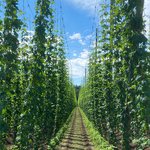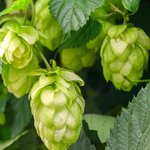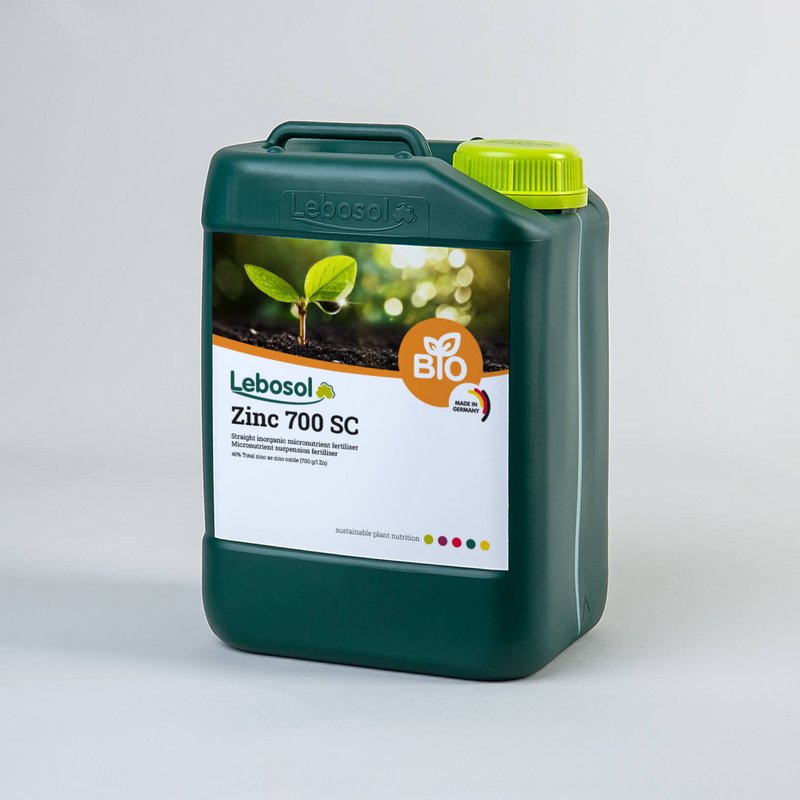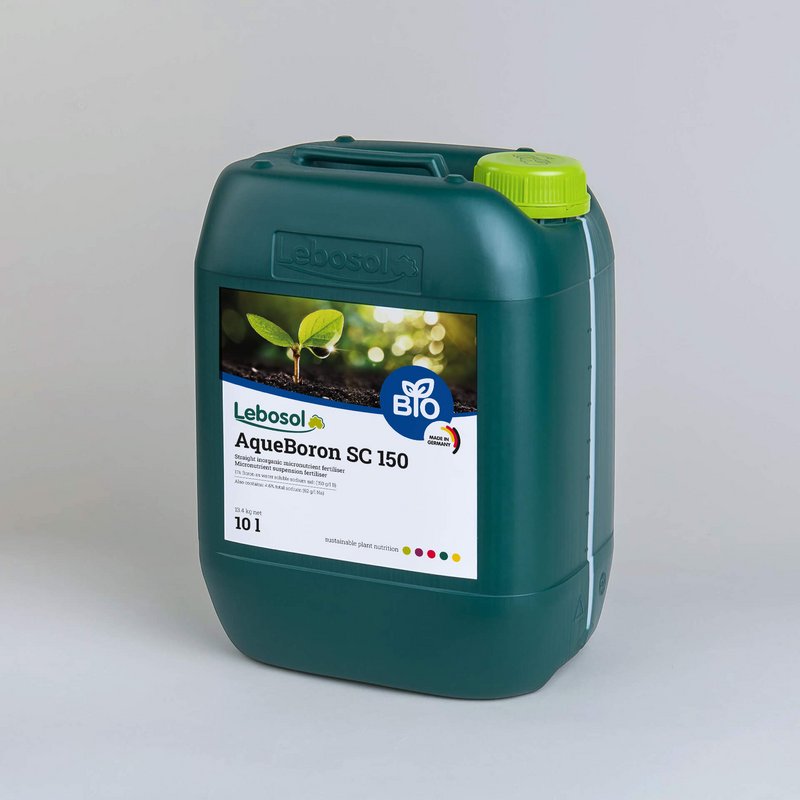Foliar fertilisation in hops
Targeted supply of nutrients
An optimal nutrient supply is the basis for successful hop cultivation. In addition to soil fertilisation, targeted foliar fertilisation is a decisive factor in quickly and efficiently compensating for nutrient deficiencies. Main nutrients such as nitrogen, phosphorus, potassium and magnesium should be present in the soil in sufficient quantities to ensure the quality and yield of the hops. Soil tests and complex plant analyses have established themselves as indispensable tools for recognising nutrient deficiencies at an early stage.
Many hop quarters show an undersupply of phosphorus and potassium in particular. Typical symptoms such as brown leaf discolouration, which indicates potassium deficiency, or small, brownish-green leaves in the case of phosphorus deficiency, can be remedied by targeted foliar fertilisation. Liquid fertilisers for foliar application offer an effective solution to supply the plants with the necessary nutrients at the right stage of growth (e.g. mid-season) and thus ensure a sustainable hop yield and quality.

Zinc and boron deficiency in hop growing: causes and solutions
Targeted micronutrient supply for healthy growth and yield security
Zinc and boron are among the most important micronutrients in professional hop growing. Zinc deficiency often occurs with high soil pH values and excessive phosphate levels in the soil, as these hinder the plant's zinc uptake. Typical symptoms are stunted growth, light green, curled leaves (curl disease) and reduced flower formation.
A boron deficiency is characterised by reduced flowering and fruit formation. Boron deficiency is often favoured by high nitrogen and calcium levels, unfavourable weather conditions or high pH values in the soil. Affected plants develop small, sharp-toothed leaves and sparse growth reminiscent of stinging nettles.
The targeted use of foliar fertilisers is recommended to prevent and combat zinc and boron deficiency. The optimum dosage is 2 – 4 applications of 2 litres/ha Lebosol®-AqueBoron SC 150 plus 0.5 litres/ha Lebosol®-Zinc 700 SC. These fertilisers promote bud and shoot development and ensure uniform cone development and high yields.

Strengthening the plants with Lebosol®-Silicon –
Effective stress management and better root growth
Lebosol®-Silicon promotes the strengthening of plants against drought stress and increases general stress tolerance. The special formulation enables effective absorption via the leaf, making the plants more resistant to adverse environmental conditions.
In addition, Lebosol®-Silicon supports root growth, resulting in better nutrient uptake and more stable plant growth. By applying 2 – 4 times 0.5 – 1.5 litres/ha during vegetation, the stress resistance of the plants can be significantly increased and the quality and yield ensured.





